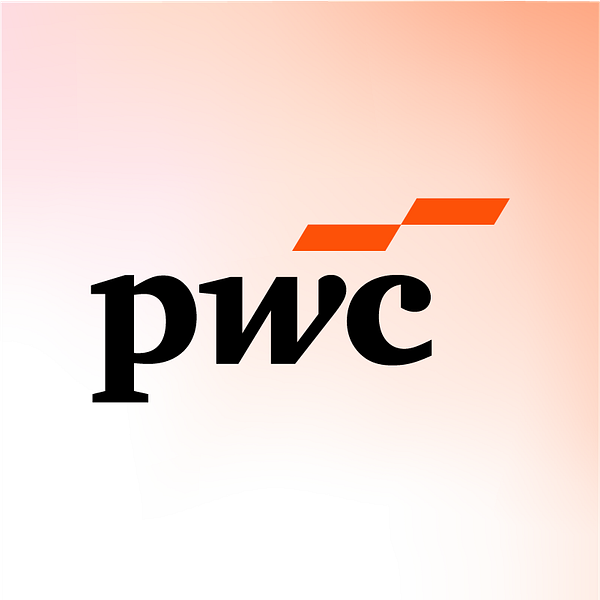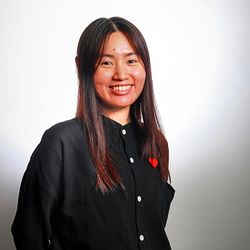
Press release -
PwC: Global alternative assets predicted to reach $15.3 trillion in 2020
| Date | Wednesday, 8 July 2015 |
| Contact |
Candy Li
Tel: +65 6236 7439 Mobile: +65 8613 8820 E-mail: candy.yt.li@sg.pwc.com Natalie Choo Tel: +65 6263 4309 Mobile: +65 9738 1415 E-mail: natalie.yl.choo@sg.pwc.com |
PwC: Global alternative assets predicted to reach $15.3 trillion in 2020
Singapore, 8 July 2015 -- A report just published by PwC predicts global alternative assets will increase to US$ 15.3tn by 2020. In the lead up to it, the global alternative asset management industry is expected to experience a period of transformation as players calibrate their business and operations and make technology a top investment priority.
According to the report, ‘Alternative Asset Management in 2020: Fast Forward to Centre Stage’, the rapid developments in the global economic environment have pushed asset management to the forefront of social economic change. As a result, the need for sustainable long-term investment returns has propelled the alternative asset classes to centre stage.
The principal focus for many firms will shift to creating a broader asset class and product mix and accessing new distribution channels.
While some firms still strive to become more institutionalised, the leading players will work to build industrial-strength operational platforms. They will meet this challenge by revamping their business and infrastructure to be more agile, durable and scalable, with a high degree of efficiency and operating leverage.
Assets under management in South America, Asia, Africa and the Middle East (SAAAME) are set to grow faster than the developed world. According to PwC, this growth will be exemplified by the growth of sovereign assets and the projected emergence of new Sovereign Investors, the vast majority of which will originate from SAAAME. The largest increases in allocations will likely be in private equity, real estate and infrastructure.
Justin Ong, Asia Pacific Asset Management Leader, PwC, commented:
“The shift in global economic power from developed to developing regions will drive continued focus on sovereign investors, fast-growing institutions and the emerging middle classes in new markets. These groups of investors will increasingly seek branded multi-capability firms. Currently, a number of alternative firms exist in this category. Others will aspire to join them.”
PwC predicts that in response to this growth, alternative firms and the traditional firms looking to enter the alternatives sector will pursue one or more of three possible growth strategies; building, buying or borrowing expertise that they do not currently have in-house. The builders will look inwardly for growth, leveraging their existing capabilities and talent while the buyers will look to acquire talent, track record and scale overnight. The borrowers will achieve their growth strategy by ‘partnering’ with other financial institutions to expand their capabilities and distribution channels.
The report predicts alternative managers will develop more sophisticated market strategies, more focused distribution channels and better recognised brands. Many firms will devote more resources to deciding which investor channels they want to play in, how profitable each of those channels are and how to optimise their chosen channels. Some will focus more systematically on sovereign investors, pension funds, other sophisticated institutions and private wealth markets. Others will pursue the potentially huge asset flows through liquid alternative products and still others will target emerging markets.
Carlyon Knight-Evans, Asia Pacific Alternatives Leader, PwC said:
“Asian investors, and particularly institutional and high-net-worth investors from China, represent a significant, and in some cases largely untapped opportunity for alternative firms. Other Asian markets will present opportunities, but none will continue to dominate the focus like China, given its greater concentration of high-net-worth individuals.”
In 2012, almost 24% of the high-net-worth assets and 34% of mass affluent assets around the globe are in Asia-Pacific. It is expected that Asia-Pacific’s share of high-net-worth assets will increase to 29% by 20204 and mass affluent assets will increase to 43%, much of that increase originating from China.
PwC expects alternative asset managers to continue to move into areas traditionally dominated by banks, such as lending, securitization and financing as the funding gap continues to present considerable new opportunities to them. Others will create partnerships with banks and the largest institutional investors, providing integrated expertise in managing new asset classes and building customized products. At the same time, they will respond to the demand from investors for standardized products in the form of liquid alternatives and other permanent capital vehicles.
Historically, investment in technology has not been a top priority for many alternative firms. However, all this will change. The next five years will see it become mission critical in driving investor engagement, data-informed decision making, operational and cost efficiency, and regulatory and tax reporting. According to PwC, by 2020, the shift to data-informed decision-making will lead to improved organisational designs that can make more effective use of third-party administrators, other business process outsourcing firms, and other vendors to achieve operational and cost efficiency.
Justin Ong, Asia Pacific Asset Management leader, PwC concludes:
“Most firms will recognise that success in generating alpha – measuring performance on a risk-adjusted basis, does not on its own guarantee success as an organisation. Those managers who are looking not just for growth but for sustainable growth, will develop their infrastructure, have a clear strategy and create robust organisational structures to exploit the opportunities that will emerge in the coming years. While they will still manage highly disparate strategies that leverage unique skillsets, operationally they will start to look more homogenous as a group as they seek to create ‘industrial strength’ in their operations and processes.
“Durability and profitability will be essential credentials for any alternative firm which has ambitions to follow – or lead - the industry to the centre stage of the investment landscape.”
ENDS
Notes to Editors:
The asset management landscape is undergoing radical change as set out in a paper PwC published in early 2014 titled ‘Asset Management 2020: A brave new world’. PwC’s new report ‘Alternative Asset Management in 2020: Fast Forward to Centre Stage’ provides insight into the implications of these changes for alternatives managers and how they operate in the years to 2020 and beyond.
Related links
Topics
Categories
About PwC
PwC helps organisations and individuals create the value they’re looking for. We’re a network of firms in 157 countries with more than 195,000 people who are committed to delivering quality in assurance, tax and advisory services. Find out more and tell us what matters to you by visiting us at www.pwc.com.
© 2015 PwC. All rights reserved
PwC refers to the PwC network and/or one or more of its member firms, each of which is a separate legal entity. Please see www.pwc.com/structure for further details.


